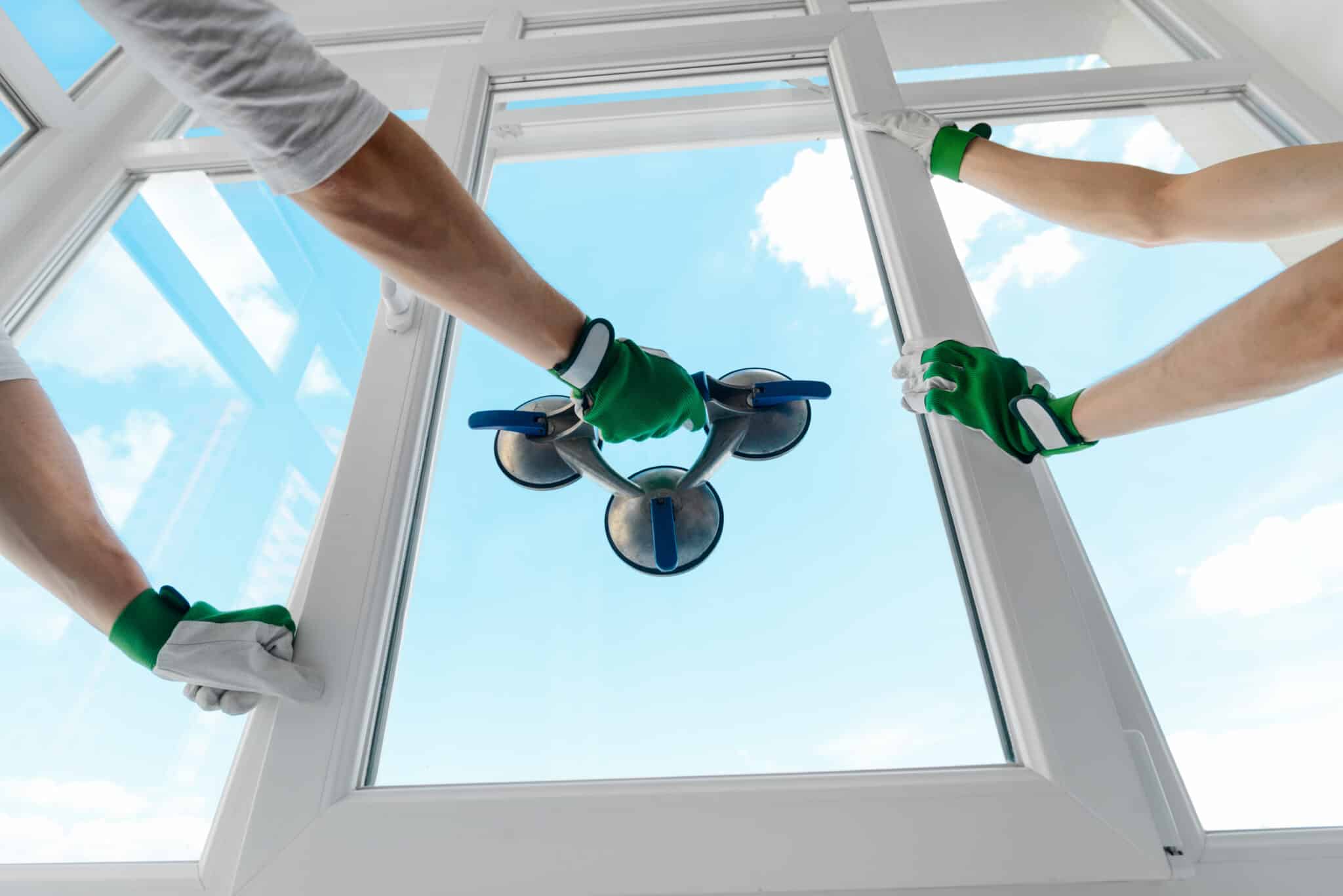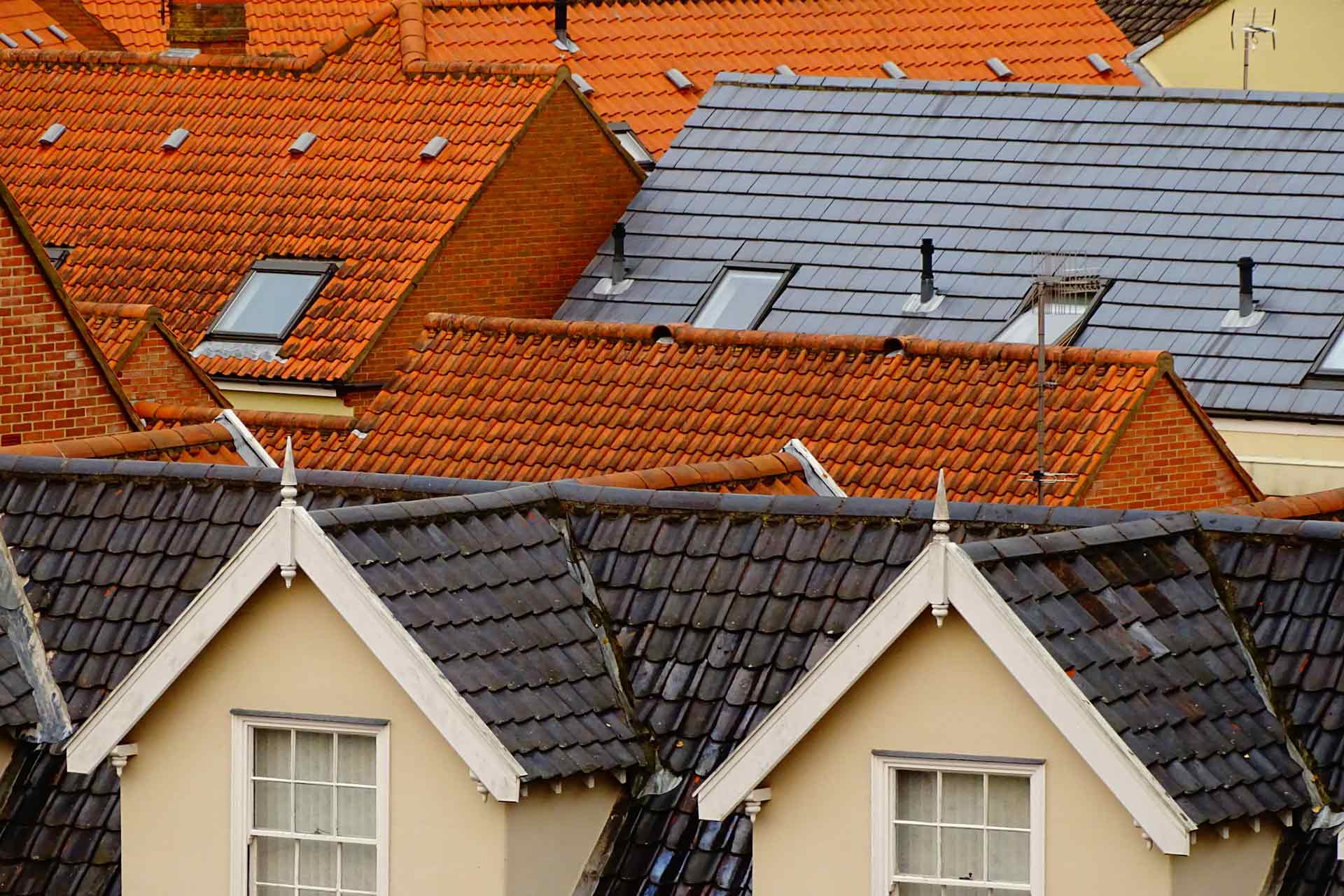Replacing windows in your home is an investment that can improve both energy efficiency and curb appeal. For Canadian homeowners, where winters can be harsh and summers hot, upgrading your windows can help you save on energy bills while enhancing the overall look of your home. In this guide, we’ll walk you through the process of choosing energy-efficient windows that also add aesthetic value to your property with Manitoba windows.
Why Replace Your Windows?
Before diving into the details of window replacement, it’s important to understand why replacing your windows can be a smart decision. Here are a few key benefits:
- Improved Energy Efficiency: Older windows often allow drafts and leaks, forcing your heating and cooling systems to work harder, resulting in higher energy bills. New, energy-efficient windows help insulate your home, reducing the need for excessive heating and cooling.
- Enhanced Aesthetics: Modern windows can dramatically change the look of your home, both inside and out. From sleek frames to stylish designs, new windows can complement your home’s architecture and improve its overall curb appeal.
- Increased Home Value: Installing new windows is an investment that can boost your home’s value. Buyers are increasingly looking for energy-efficient, well-maintained homes, and updated windows are a major selling point.
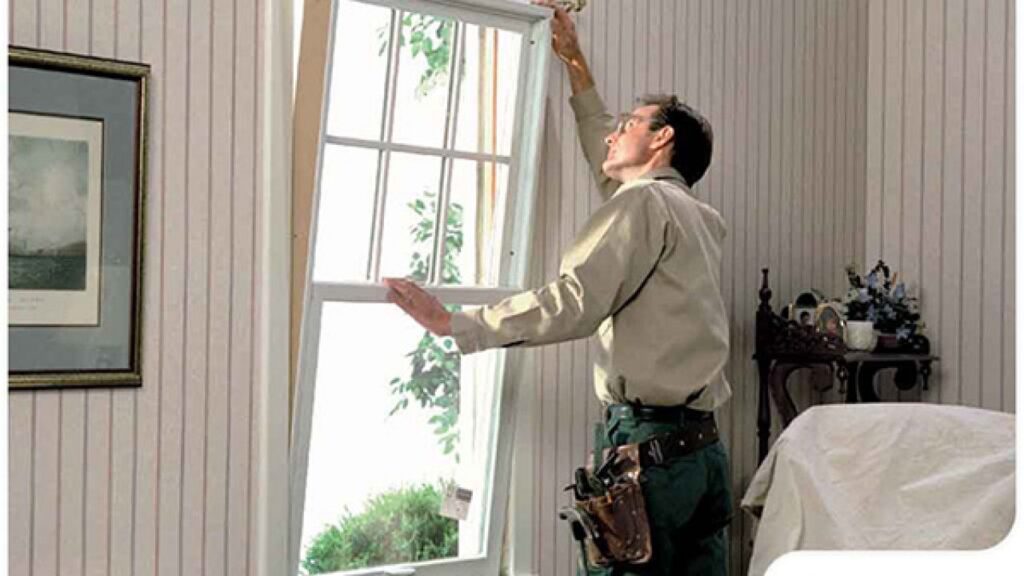
Step 1: Choose Energy-Efficient Windows
One of the primary reasons for window replacement is to improve energy efficiency. Canadian winters can be brutal, and energy-efficient windows can help you maintain a comfortable temperature inside while reducing energy consumption.
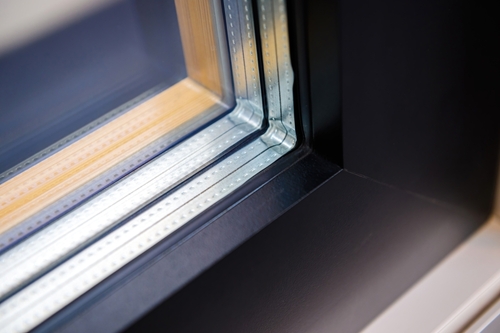
Types of Energy-Efficient Windows:
- Double or Triple-Pane Windows: These windows feature multiple layers of glass with insulating gas between them, helping to reduce heat transfer and improve insulation. Triple-pane windows provide even better energy efficiency than double-pane.
- Low-E Glass (Low Emissivity): Low-E glass has a special coating that reflects heat back into your home during winter and blocks heat in the summer, keeping your home warmer in cold months and cooler in warm ones.
- Gas Fills: Windows filled with gases like argon or krypton between panes improve insulation by reducing heat transfer.
- Energy Star Certified Windows: In Canada, windows that meet Energy Star standards are certified for their energy efficiency. These windows have been tested and proven to perform well in different climate zones, ensuring you get the best energy savings.
Why Energy-Efficient Windows Matter:
- Lower Energy Bills: Properly insulated windows help reduce the amount of energy needed to heat or cool your home, leading to lower utility bills.
- Improved Comfort: Energy-efficient windows reduce drafts and temperature fluctuations, making your home more comfortable year-round.
- Reduced Environmental Impact: Using less energy to heat or cool your home means reducing your carbon footprint and contributing to a more sustainable future.
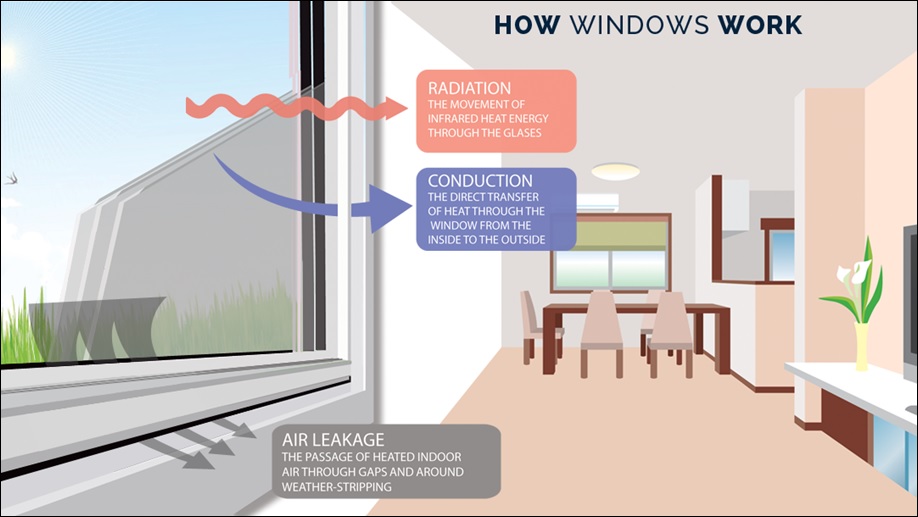
Step 2: Select Window Frame Materials
The frame material of your window not only affects its appearance but also plays a role in energy efficiency. Different materials offer various benefits, so it’s important to choose one that fits both your aesthetic preferences and energy goals.
Common Window Frame Materials:
- Vinyl: Vinyl frames are affordable, low-maintenance, and offer excellent insulation. They are available in a variety of colors and are resistant to moisture and fading. Vinyl is a popular choice for homeowners looking for a cost-effective, energy-efficient option.
- Wood: Wood frames are a classic, timeless choice that adds warmth and elegance to any home. While wood provides great insulation, it requires more maintenance (such as painting or staining) to prevent rot and warping. However, modern wood windows often come with a durable exterior cladding, such as aluminum or vinyl, to protect them from the elements.
- Fiberglass: Fiberglass frames are incredibly durable, low-maintenance, and energy-efficient. They can withstand extreme weather conditions without warping or cracking and provide excellent insulation. While more expensive than vinyl, fiberglass is a long-lasting option that offers both strength and energy efficiency.
- Aluminum: Aluminum frames are strong and lightweight, making them ideal for large windows. However, they are less energy-efficient than other materials since metal conducts heat, which can lead to heat loss in colder climates. Newer aluminum frames with thermal breaks can mitigate some of these issues.
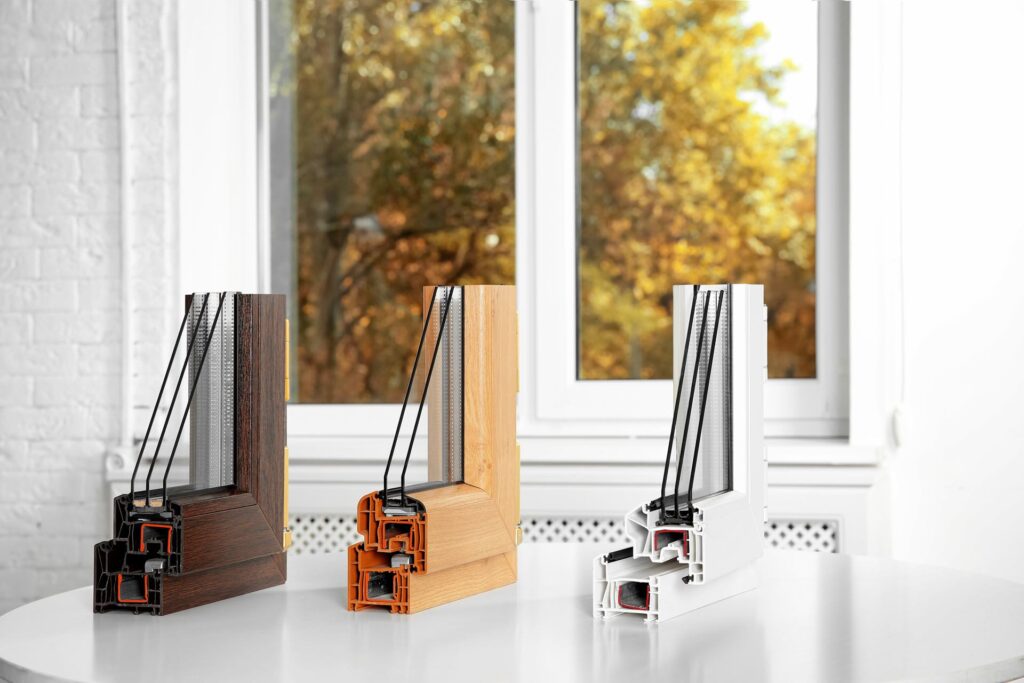
Aesthetic Considerations:
- Match Your Home’s Style: Choose a frame material and color that complements the architectural style of your home. For example, wood frames are ideal for traditional homes, while sleek aluminum or fiberglass frames suit modern designs.
- Coordinate with Interior Décor: The window frames inside your home should match or complement your interior design. For example, wood frames can be stained or painted to match your room’s color scheme.
Step 3: Consider Window Styles
Choosing the right window style not only impacts the energy efficiency of your home but also plays a major role in its aesthetics. The right style can enhance natural light, improve ventilation, and complement your home’s architectural design.
Popular Window Styles:
- Casement Windows: Hinged at the side and open outward, casement windows offer excellent ventilation and energy efficiency. Their tight seal when closed makes them ideal for preventing drafts.
- Double-Hung Windows: These windows feature two sashes that slide vertically. They are a classic choice and offer flexible ventilation options. Some double-hung windows tilt in for easy cleaning.
- Awning Windows: Hinged at the top and opening outward, awning windows are great for ventilation, even during light rain. They are often installed above or below larger windows or doors.
- Bay and Bow Windows: These styles project outward from the home, creating a more open and spacious feel. They add architectural interest and are perfect for rooms where you want to create a seating area or reading nook.
- Sliding Windows: These windows slide horizontally along a track. They are easy to use and offer large, unobstructed views, making them a great choice for modern homes.
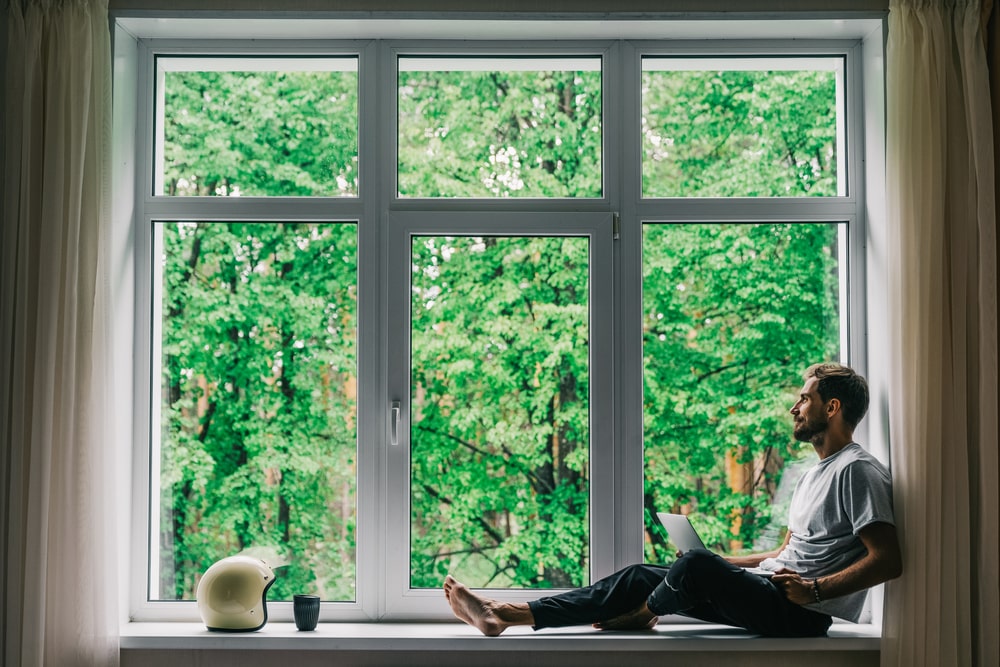
Step 4: Focus on Proper Installation
Even the most energy-efficient windows won’t perform well if they aren’t properly installed. Poor installation can lead to air leaks, moisture infiltration, and reduced energy efficiency. This is why it’s essential to hire a professional, experienced installer to ensure your windows are fitted correctly.
What to Look for in a Window Installer:
- Certified Installers: Choose an installer who is certified by window manufacturers or professional organizations. This ensures they are trained and experienced in handling your specific window type.
- Experience in Your Climate Zone: Look for an installer with experience in the Canadian climate. They’ll understand the challenges of extreme temperatures and how to properly seal and insulate windows for maximum efficiency.
- Warranties: Ensure the installer offers a warranty on their work. Most reputable installers will offer a guarantee that covers installation defects for several years.
Step 5: Maximize Aesthetic Appeal
While energy efficiency is important, the aesthetic impact of your new windows shouldn’t be overlooked. Choose windows that enhance the beauty of your home, both inside and out.
Tips for Aesthetic Improvement:
- Frame Color and Finish: Select a frame color that complements your home’s exterior. Many modern window frames come in a wide range of colors, from classic white to bold black or earthy tones.
- Window Grids and Patterns: Decorative grids between or on top of the glass can give your windows a more traditional or contemporary look, depending on the pattern you choose.
- Window Size and Placement: Consider enlarging or relocating windows to create more natural light or showcase a beautiful view. Adding a large bay or picture window can dramatically change the feel of a room.
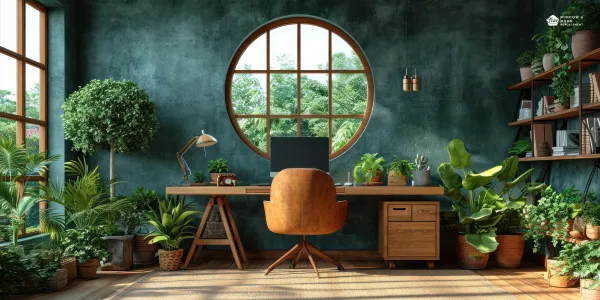
Final Thoughts
Replacing your windows is a smart investment that can significantly improve your home’s energy efficiency and aesthetics. By choosing energy-efficient glass, durable frames, and a style that complements your home’s architecture, you can enhance both comfort and curb appeal. Ensure that you hire a professional installer to maximize the performance of your new windows and enjoy the benefits for years to come.

